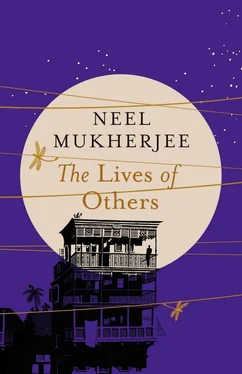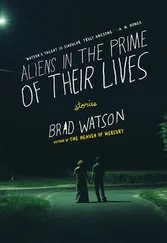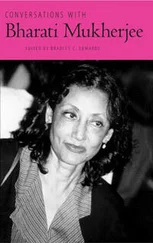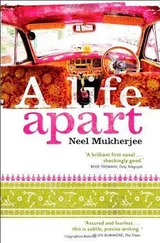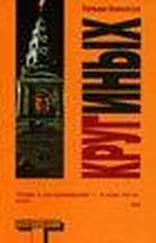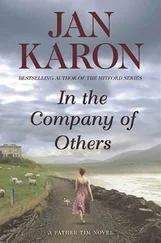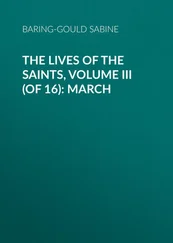So, from a very early age, Adi was groomed by his father, trained in the language and texture and details and workings of the construction business. As a boy, Adi had heard from his father how houses were built: how concrete was mixed; what the functions of the various components of concrete were; how a collection of tall iron rods provided the spines of a building; how foundations were laid. This complemented, often substituted, the stories children are usually told, stories of djinns and fairies, of a prince whose life was tied to a gold chain that lived in the stomach of a giant carp in the pool of the palace gardens, stories from the Mahabharata , of Abhimanyu who had learned, while he was in his mother’s womb, the secret of breaking into an impenetrable phalanx, but not the secret of emerging from it. Adi assimilated the fundamentals of construction in stories. When he started going to Ballygunge Government High School and, like all children at a certain age when they are unstoppable with their questions, he too spent the entirety of his talking time asking endless whys and hows, Prafullanath channelled this curiosity to focus on buildings, on the strength of materials, on bricks, mortar, lime, sand, cement. The foundations were imperceptibly laid.
Prafullanath, on returning home in the evenings from the office he still retained where he had started up, in Old China Bazar Street, used to holler out ‘Adi-i-i-i’ as soon as he crossed the threshold. The boy, stationed on the ground-floor verandah, already on the lookout for his father’s return, would rush to him only after that deep, elongated call. Out would come something from the pocket of his father’s panjabi or his black Gladstone bag: a dozen A.W. Faber coloured pencils or a roll of discarded planners’ drawing paper.
‘Look what I’ve got you,’ Prafullanath said.
Adi nodded, too happy to speak.
‘Come, let’s have our tea in the sitting room and you can draw your Baba something with this. What is it going to be today?’
‘The house that I’ll build and we’ll all live in,’ the boy answered, not one whit of delight diminished from the game father and son had played dozens of times before.
‘Well, well. Let us see how grand this house is going to be and whether we’ll all fit in. You have to build a big, big house. Right, tea now.’ Another holler — ‘Mada-a-a-a-n.’
As Madan came from the kitchen at the back of the house with fried diced coconut and other savoury snacks on one tray and a maid, following, with the tea paraphernalia on another, Adi was already on the floor, pages strewn everywhere, busy erecting his house on paper. Over three or four years he had perfected his vision. From crooked lines and scribbles he had moved on to the basic shape of a house, a tall rectangle with a mouth-like door and the two eyes of windows, every single line at an angle or slightly wobbly, but the whole discernible as a diagram of a basic house-like structure. The lines had become straighter, stood at sharp right-angles to each other, the door had acquired a knocker, the front of the house a garden and steps leading to the door. Then, as Adi and his competence grew, the ideal house became proportionately detailed and mature. He kept a running commentary going as he carefully moved his hand about, his face radiant with effort and concentration, the tip of his tongue sticking out from one corner of his mouth, a habit his father found adorable.
‘One storey. . two storeys. . three storeys. Now, a front verandah on each floor. Round verandah or straight verandah, or a hanging one? Ummm, let’s try a round one this time. . How many windows on the front? Eeesh, my hand shook a bit there, the line’s not quite straight. . Now, the garden. Here, a bed of roses. Let’s keep the shiuli shrub, a lot of fireflies sit on it at night — I like them. What about a fountain? Or a pond, in which golden fish will play? Shall I put a dovecote on the roof?’
He talked to himself while the pencil in his hand moved over the space of the sheet of paper in a slow, cautious dance, smearing on it the geometry of his dreams. Prafullanath and Charubala, who had come downstairs to tend to her husband, let him chatter on. Once or twice, the boy’s father would intervene.
‘Bah, first-class! Excellent. It looks grand. Now what about the interior?’
‘Interior?’ Adi repeated, baffled. What did his father mean?
‘You’ve drawn how our house is going to look from the outside. But what about the inside — the different rooms, the staircase, the courtyard?’
How could these be shown in one drawing? Adi wondered. ‘You mean, draw each room, one by one?’ he asked hesitantly.
‘Aha,’ said his father, his eyes gleaming. ‘There is a way of showing the whole house from the inside in one drawing.’
Adi, now even more confused, asked, ‘But how? There are walls. . and floors and. . well, floors and ceilings between storeys. How can. . how can one drawing show all the rooms on different floors?’ The boy didn’t have any notion of or terms for isometric projection, perspective and three-dimensionality, and his mind was trying to stretch itself around that lack.
‘We’ll have to learn that,’ his father said. ‘But not now. When you’re a little older, you’ll learn how to do it. But it won’t look like your house from the outside; it’ll look different, not like a house at all. But enough. Why don’t you go and share your pencils and paper with your brothers and sister?’
Priyo and Chhaya had been waiting upstairs on the balcony that ran the inner perimeter of the house on each floor, circling the courtyard in a squarish formation. As Adi ran up the stairs, Chhaya advanced towards him excitedly, ‘Show us, show us what your father’s brought you today.’
Many years later, an unbidden memory of that casual, unpremeditated possessive adjective, ‘your’, before ‘father’, was to give Adi another lesson in perspective and the layout of the interior world. But now it did not strike him at all. The three of them oohed and aahed over the pencils, admired Adi’s drawing, then decided to give a few of the pencils and some paper to Bhola, who was only three at the time, to see how he would delight in them. Off they went.
At school, Adi slowly started picking up how to represent three dimensions in two, the elementary rules of perspective, the difference between photographic representation and stylised diagrams. He was not formally taught all this, but found his way in slow degrees. Then Somnath was born and things got further deferred. The baby grew, gathering to himself all the skeins of love and attention in the house, and wrapped himself in a tight cocoon with them. The diagram of the interior of the house remained untaught by Prafullanath and undone by Adi, at least for now.
Somnath’s birth was like the sudden appearance of a blazing comet or a new planet in a known alignment of heavenly bodies: a previously understood system was now dented by a new presence and had to be subjected to a recalibration, a new set of calculations. No one could predict how the alliances and balances of different forces that kept everything in a stable equilibrium would now respond.
Initially, it was all jubilation at the birth of a baby brother. Adi, at twelve, was growing too old to find it such a thrill, although he appeared to participate in the general festal mood, at least until eighteen months or so down the line, when he began to discover the facts about human reproduction, and the proximal nature of the two, the recent baby brother and birds and bees, filled him with distaste, embarrassment and, at times, a physical sense of revulsion. He stayed up thinking uneasily about carnal intimacy between his parents, such recent sexual congress between them, and felt a mild nausea. He could not look at the curly-haired, cooing toddler without the shadow of shame falling over his own self. He became parsimonious and stilted with the expressions of affection — almost paternal, given the age difference — expected of him.
Читать дальше
